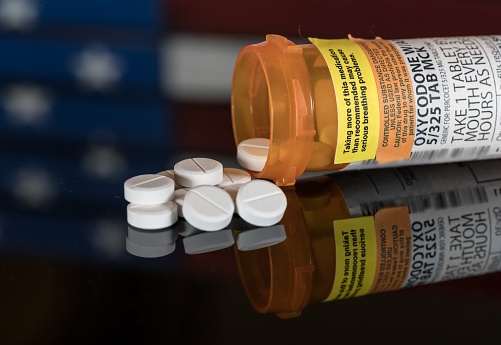Hospital readmissions for infective endocarditis increased by stunning 436% from 2012 to 2017 in one surveyed region of the country hard-hit by the crisis, new research being presented at ACC.19 in New Orleans will show.
The research team from Ohio State University Wexner Medical Center preformed a retrospective institutional review of admissions for infective endocarditis– bacteria buildup inside of heart valves or in the heart lining —during the years 2012 to 2017. They then looked at patient encounters for affected valve, management, microbiology and other factors.
According to the results, there was a 101% increase in admissions for infective endocarditis and a 436% increase in endocarditis admissions related to intravenous drug use (P<0.00001). There was also change in the type of admission, with 75% of patients being admitted for cardiology services dropping to 37% in 2017. There were also changes in treatment and management. There was also a significant increase in death rates: From 9% in 2012 to 25% in 2017.
“What’s most striking is how quickly this problem got out of hand,” said lead author Serena Day, MD, a cardiology fellow at The Ohio State University, in an ACC press release. “Five years ago, this disease was very uncommon for us. Now, it’s become so common that we can’t keep up.”
The analysis also showed that 55% of patients were treated medically compared to 18% treated surgically (P<0.0003). Dr. Day said that doctors are often hesitant to assign patients to surgery due to the high risk of reinfection due to injectable drug use
“There’s really been a paradigm shift in how we treat these patients at our institution,” Day added. “Many of these patients continue to use, they continue to relapse, and they come back even sicker than they were before. This study underscores the fact that, without treating the addiction, these patients aren’t going to get better. There has to be a comprehensive approach to treating this disease.”
The ACC press release went on to note that the hospital saw just 196 cases related to intravenous drug use in 2012, which increased to 395 cases related to intravenous drug use, with 177 cases implicating the drug use itself as the cause (about half of all cases). The press release went on to note that heroin was determined to be the killer in most of the drug-related cases, the use of which has increased dramatically in recent years to become a national health crisis. The National Safety Council reported that a person’s likelihood from dying from an opioid overdose, for the first time, was higher than the likelihood of dying in a motor vehicle crash.







 © 2025 Mashup Media, LLC, a Formedics Property. All Rights Reserved.
© 2025 Mashup Media, LLC, a Formedics Property. All Rights Reserved.